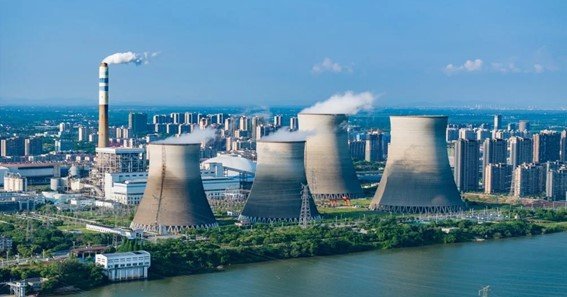The monitoring of thermal pollution has evolved significantly over the past decade, playing a crucial role in safeguarding freshwater ecosystems from the harmful effects of rising water temperatures. With advances in satellite technology and environmental policies, the monitoring processes are more sophisticated, offering real-time data that informs targeted interventions.
Advances in Monitoring Technology
- Satellite Monitoring: NASA’s TEMPO (Tropospheric Emissions: Monitoring of Pollution) mission is a groundbreaking tool, providing hourly measurements of pollutants like nitrogen dioxide, aerosols, and trace gases across North America. These satellite systems now include real-time tracking of water temperatures in freshwater bodies, enabling researchers to monitor thermal pollution across large areas and over time.
- In-situ Sensors: Apart from satellite technology, there are sensors placed directly in water bodies to monitor temperature changes, oxygen levels, and pollutant concentrations. These sensors give real-time data to scientists, allowing for a quicker response to incidents of thermal pollution.
- AI and Machine Learning: In recent years, artificial intelligence has been integrated into monitoring systems to predict potential temperature spikes or pollution events based on historical data and environmental patterns.
Impact of Monitoring on Freshwater Protection
- Early Detection of Threats: With advanced monitoring, authorities can now detect temperature rises before they cause significant ecological damage. This has allowed for more timely mitigation measures, such as adjusting industrial discharge temperatures or implementing emergency cooling interventions in vulnerable areas.
- Data-Driven Policies: Regulatory bodies are using data from thermal pollution monitoring to create stricter industrial guidelines. For example, industries are now required to cool their wastewater before releasing it into natural water bodies, reducing the risk of thermal pollution.
- Conservation Efforts: Monitoring helps conservationists target critical habitats at risk due to rising temperatures. For instance, areas with declining oxygen levels or threatened species can be prioritized for ecological restoration.

Conclusion
The evolution of thermal pollution monitoring is revolutionizing the way we protect our waters. With advanced technology providing real-time data, coupled with proactive environmental policies, we can better safeguard freshwater ecosystems against the detrimental effects of rising temperatures.
FAQ
- What is thermal pollution?
Thermal pollution refers to the unnatural increase in water temperatures, often due to industrial activities or climate change, which can harm aquatic ecosystems. - How is thermal pollution monitored?
Thermal pollution is monitored using satellite technologies like NASA’s TEMPO, along with in-situ sensors that track temperature changes and pollutant levels in real time. - Why is monitoring thermal pollution important?
Monitoring helps detect harmful temperature rises early, allowing for timely intervention to prevent damage to freshwater ecosystems. - What role does technology play in combating thermal pollution?
Advanced technologies, including satellites and AI systems, enable continuous and predictive monitoring of water temperatures, improving the management and reduction of thermal pollution. - How does thermal pollution affect aquatic life?
Thermal pollution can reduce oxygen levels, disrupt breeding cycles, and cause harmful algal blooms, leading to the loss of biodiversity in freshwater bodies.










